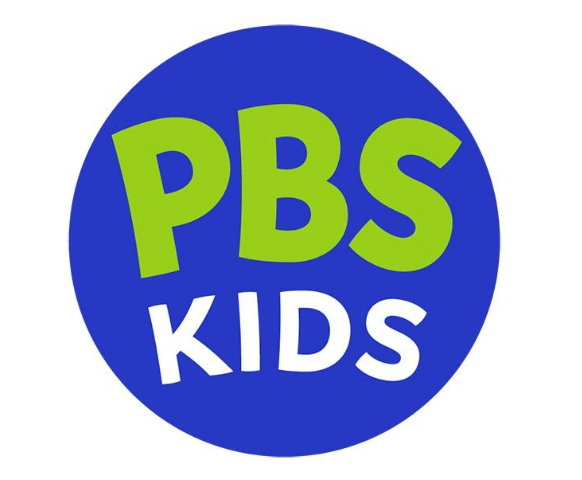You may not sell guitar picks or pocket banjo tuners in your business, but if you deal with a network of resellers to market your merchandise, chances are you’ll empathize with the plight of Lee “Drew” Andrews, editor and Web marketing vice president at Mel Bay Publications.
Based in Pacific, MO, Mel Bay has grown since its founding in 1947 into one of the country’s largest publishers of musical instruction books. The company also offers music accessories such as those above, but its bread and butter is an extensive list of books, CDs and videotapes for musicians at every stage of accomplishment. Some of these titles have been around so long and been so popular with teachers and students that they’ve sold 50 million copies.
Since its birth, the company has sold primarily through a dealer network of mostly independent music shops—some with a footprint as small as 500 square feet. Real estate that microscopic just about guarantees that a good portion of Mel Bay’s inventory won’t ever see a store shelf.
“I have 4,000 products, and obviously our dealers aren’t carrying all or even most of them,” Andrews says. “We need a way to move inventory and products that the dealers don’t necessarily want to stock. With the advent of the digital age, we need to move into e-commerce.”
But there’s a complication to moving Mel Bay’s business online. Those small resellers—who constitute about 75% to 80% of Mel Bay’s sales—don’t want to see their supplier suddenly establish itself as their competitor, cannibalizing their sales and turning their customers into Internet shoppers. Several of Mel Bay’s publishing competitors took the step of opening branded online stores. “The screaming from their dealers was so loud that the sites went down within two weeks,” Andrews says.
In an effort to mute that noise, Andrews has opted to have Mel Bay open not one but two B-to-C online shops. One, MelBay.com, flies the company flag and sells primarily accessories: the pocket banjo tuners, bottleneck slides and other accessories, along with CDs, DVDs, and selected titles from Mel Bay’s deep backlist. “We chose products to offer on the MelBay.com site mostly on the basis of what the stores weren’t selling,” he says. “We offer videos, DVDs and selected publications, not many. That way, when store owners come to us and ask why we’re selling these things on the Web, we can say, ‘Because you’re not.’”
Even so, MelBay.com shoppers can’t place their orders online. The Mel Bay order page “strongly encourages” purchasing the item from a local music retailer, and even offers to help find one using the buyer’s zip code. Then it offers a number of retailer Web sites with online shopping; then a list of retailers without online shopping. Way down the page, it gives the phone number or a faxable order form to reach Mel Bay directly. The other Web site, BaysidePress.com, offers the company’s full range of products directly to buyers, with purchase security, a changing selection of discounts, seasonal promotions, shopping cart functionality, low-cost shipping for purchases over $35—all the trappings Web buyers have been conditioned to expect. There’s virtually nothing on the official Mel Bay site to direct a customer here, and the Mel Bay logo appears far down the page, no bigger than the “VeriSign Secure Site” logo. (The site is included on the MelBay.com list of Web sites with online ordering, alongside outlets with names like “Craggy Mountain Music” and “Funky Junk Entertainment”.)
Andrews concedes that this stealth site constitutes thin ice for Mel Bay’s reseller network, but he defends it as a business necessity and a competitive tactic. “We did a domain search and realized that every one of our big competitors has an online site like BayPress.com,” he says. “Some of them have three or four.”
Some of those competing publishers also put out catalogs and magazines that promote their non-branded sites. While Mel Bay doesn’t actively push the Bay Press store, Andrews does make sure to keep it so highly optimized that it usually turns up on the first page of organic searches in Yahoo, Google and MSN Search.
This type of channel conflict is only going to grow more common, Andrews says, as the companies who produce goods or wholesale them take more advantage of the Internet’s ability to reach individual customers directly and sell them what they want, when they want it.
And in the form they want it, too. One reason Andrews was so jazzed by Yahoo’s announcement in December 2004 that it would beta-test a video search function was that Mel Bay has been thinking about digitizing its music instruction videos and making them available for download over the Web. The company might even consider creating new teaching content for download over the Internet. A handy, robust search tool to find those recordings could be a real product differentiator for Mel Bay.
But there’s little doubt that digital guitar lessons would have a much better chance of catching on if they were sold on the Mel Bay branded site—which again risks a ruckus with the company’s traditional distribution network.
As it is, Andrews knows that his company is paying a price for not exploiting its trusted name to sell its full product line online. And that price is not only in intangibles like brand reinforcement. “Just recently we had an inventory reduction sale of discontinued items, and we put it on the MelBay.com site,” he says. “The response was huge and immediate. It told me that if I took all our products and went live on the MelBay.com site with full online shopping, I’d have to quadruple our shipping staff tomorrow.”



